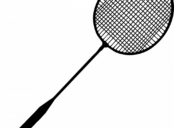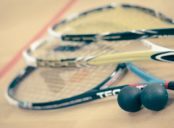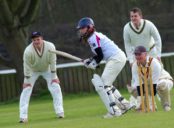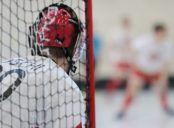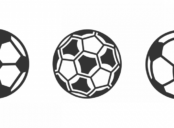Paralympics curling: A Comprehensive Overview

Introduction:
In recent years, Paralympics curling has gained significant recognition and popularity as a highly competitive and exciting winter sports event. This article aims to provide a comprehensive overview of Paralympics curling, covering its history, various types, quantitative measurements, comparisons between different types, and a discussion on the advantages and disadvantages. So, let’s embark on this fascinating journey into the world of Paralympics curling.
1. An In-Depth Understanding of Paralympics Curling:

Paralympics curling is an adaptive version of the Olympic sport curling. It is designed for athletes with physical disabilities who compete using specialized equipment and adaptations that ensure fair gameplay. The objective of the game remains the same to slide stones on a sheet of ice towards a target area with the highest accuracy possible.
2. The Range of Paralympics Curling:
Paralympics curling offers a range of different types, each with its own unique characteristics and adaptations. These include:
a) Wheelchair Curling:
Wheelchair curling is the most widely recognized and popular form of Paralympics curling. Athletes compete in wheelchairs using push sticks to deliver the stones. The game follows the standard curling rules with slight modifications to accommodate wheelchair players.
b) Standing Stick Curling:
Standing stick curling caters to athletes with mobility impairments who can stand but face difficulty in maintaining balance or delivering the stone. These athletes use a delivery stick, allowing them to release the stone without bending down.
c) Visually Impaired Curling:
Visually impaired curling enables athletes with visual impairments to participate in the sport. Guided by a sighted person (the guide), the visually impaired player slides the stone while receiving directions on position and aim.
3. Quantitative Measurements in Paralympics Curling:
In Paralympics curling, several quantitative measurements play crucial roles in determining the success and strategies of the teams. These measurements include:
a) Stone Weight:
The weight of the stones used in Paralympics curling is standardized and ranges between 20kg and 30kg. The weight affects the trajectory and distance traveled by the stone, requiring players to have a keen sense of judgment and precision.
b) Curling Sheet Dimensions:
A standard curling sheet is 146 feet long and 15 feet wide. These dimensions impact the strategy, as players must navigate their stones carefully to take advantage of the curl and position them strategically.
c) Scoring System:
The scoring system in Paralympics curling is similar to the Olympic version. Points are awarded based on the stones’ proximity to the target area, with a maximum of eight points available per end.
4. Differentiating Between Paralympics Curling Types:
Despite the fundamental similarities, various forms of Paralympics curling have distinct characteristics that differentiate them from each other. Wheelchair curling, for example, emphasizes accurate delivery and precision, while visually impaired curling emphasizes effective communication between the player and the guide.
5. Historical Analysis of Advantages and Disadvantages:
Over the years, Paralympics curling has faced its fair share of advantages and disadvantages. Some advantages include its inclusive nature, promoting teamwork and skill development among athletes. However, challenges such as limited accessibility to facilities and equipment, as well as lack of public awareness, have hindered the sport’s growth.
Conclusion:
Paralympics curling is a captivating and highly competitive sport that provides athletes with physical disabilities the opportunity to showcase their skills and talents on the world stage. From wheelchair curling to visually impaired curling, each type offers unique challenges and rewards. With its growing popularity and increasing media coverage, Paralympics curling is set to captivate even more individuals and inspire future generations. So, grab your curling stone, step on the ice, and let the game begin!
(Note: Please note that the video placement mentioned above is a suggested placement. The exact placement may require consideration based on the online platform’s design and layout.)

